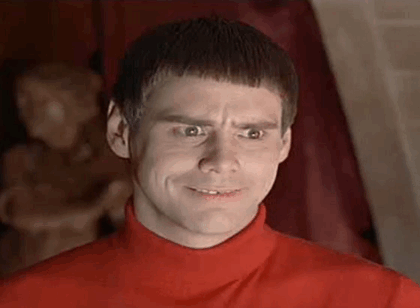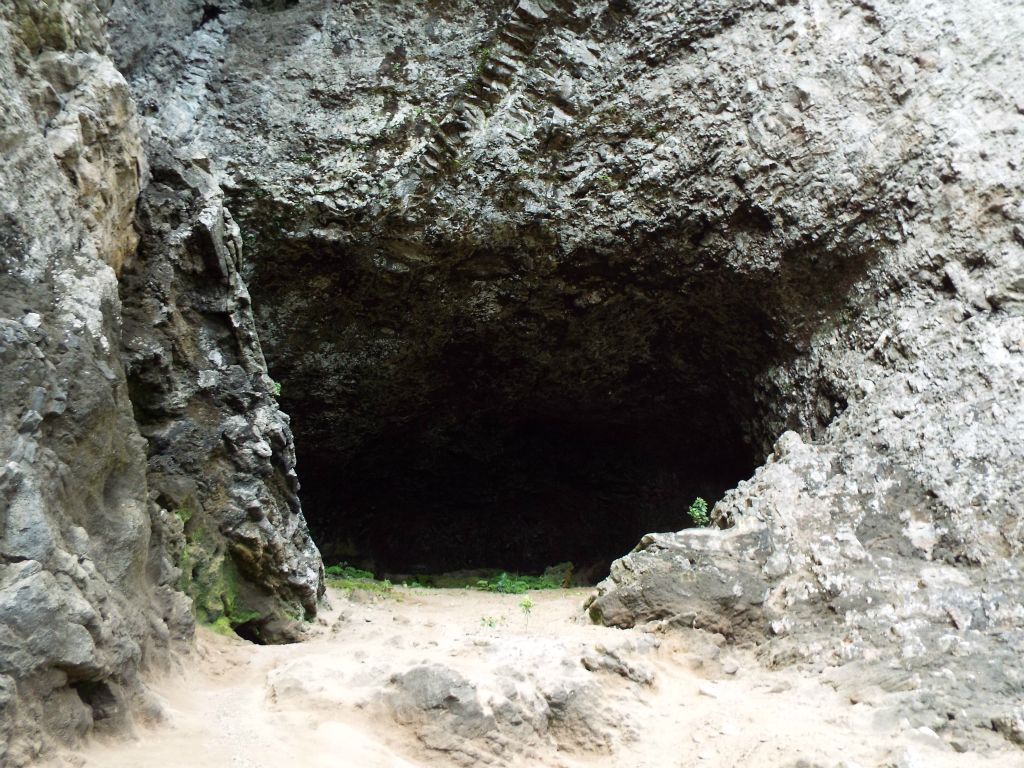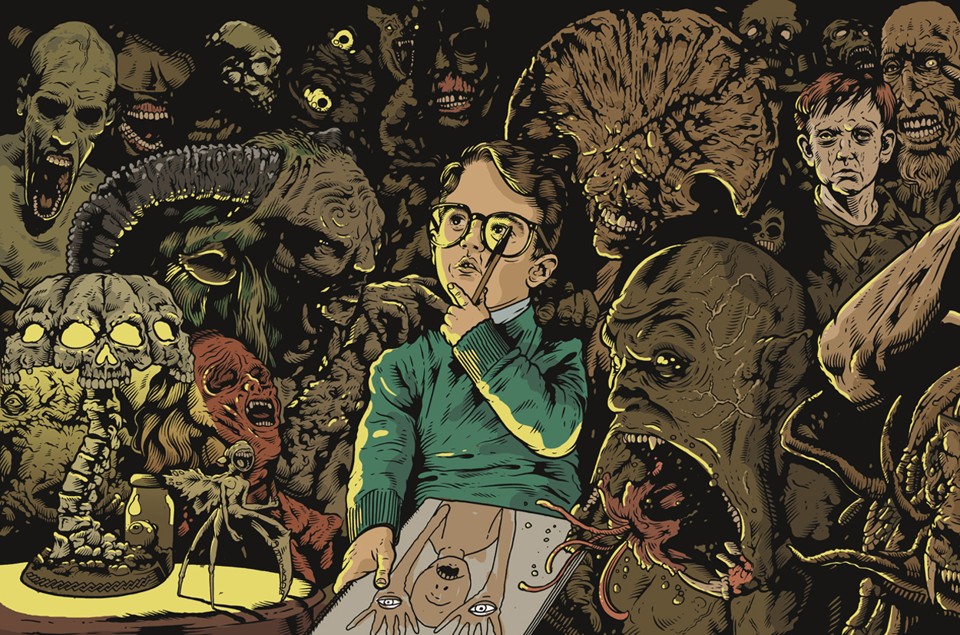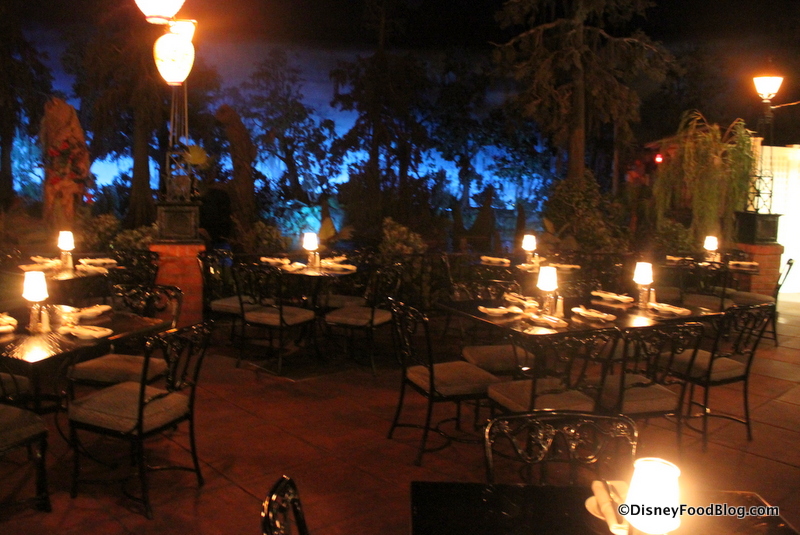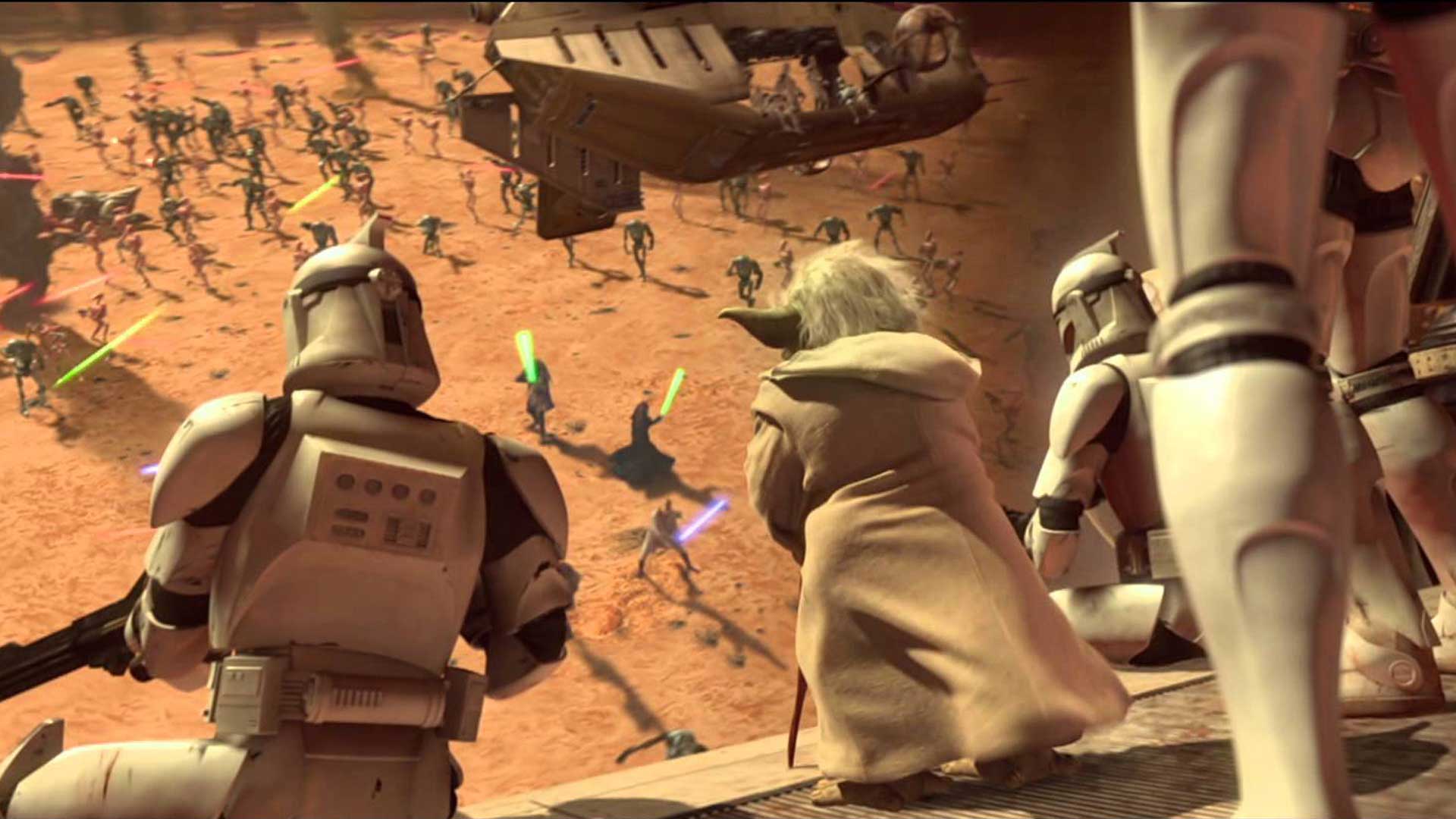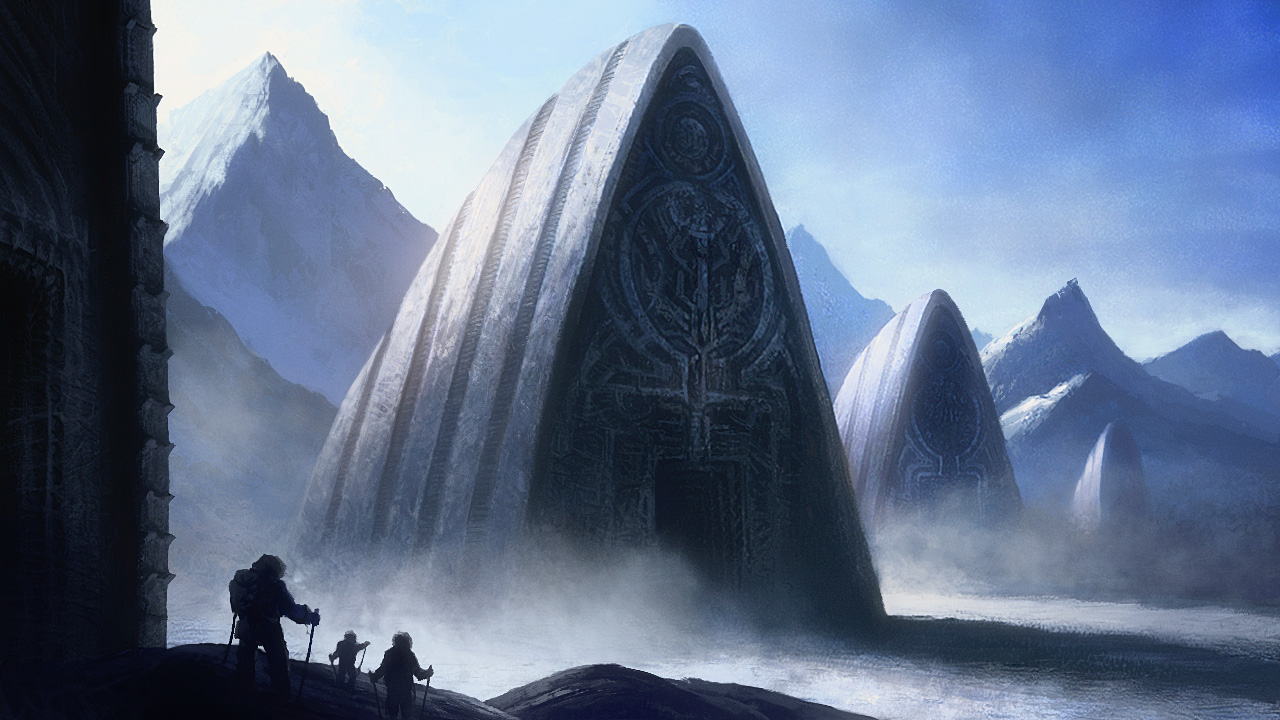Madness Mountain
Guillermo del Toro was at the top of the world. Fresh off of his two Oscar wins for The Shape of Water, the director had become an even hotter commodity within Hollywood than he'd been previously. Studios were clamoring to sign him to direct their next big films and he was fielding interviews from countless news organizations - never before had the filmmaker received such attention. Yet throughout all of this, del Toro's mind kept drifting back to a project that he'd wanted to do since he'd become a director: an adaptation of HP Lovecraft's At the Mountains of Madness. Twice the project had been put in development and then cancelled; first by Warner Bros in 2006, and then again by Universal in 2010. Both times the studios had concerns over the budget, the source material and the perceived unfilmability of the project. Nevertheless del Toro wasn't shaken. He'd said in 2013 that he would make one more run of the project, confident that it was doable.
Well, perhaps now was the time to restart it.
Once again, del Toro shopped the film around. This time however, more studios were willing to listen. A bidding war ensued between several of them for Matthew Robbins' initial script, until a joint bid between Paramount and Sony won the bid and picked the film up. At last, it seemed as if del Toro's dream project was about to become a reality.
But it was not to be. The financial instability of both studios should have been a tip-off from the beginning, as was the fact that between them they couldn't seem to agree on much of anything beyond wanting to make del Toro's follow-up to The Shape of Water, but the shuttering of Sony Pictures in late 2020 coupled with the reorganization of Paramount by Viacom early the next year put the project on hold once again. At this point del Toro was frustrated and more than a little weary. Maybe they were right. Maybe At the Mountains of Madness just wasn't meant to be a movie. And so, for the third and final time, he announced to the world that he would not be making or attempting for a fourth time to make Lovecraft's famous story into a feature film.
But this didn't mean that this was the end of our story. In fact, it was only just the beginning.
It was at a lunch with his friend James Cameron that del Toro discussed his misfortunes with the project. Talked about the other projects that he'd had to put on hold just so he could see the first few years of production on a movie that once again went nowhere. Cameron of course could sympathize, himself attatched to produce the project when it was at Warner Bros. and knowing the feeling of having to put projects on hold (if for different reasons). He mentioned that he was at least fortunate enough to have a real world presence for his Avatar franchise in Disney World, ensuring a constant living representation of the films he'd worked so hard to get just the way he'd wanted them. A Disneyland fan himself, this perked del Toro's interest. Leaving that lunch, his brain formulated a plan. Perhaps At the Mountains of Madness was unfilmable; but that didn't mean film had to be the end-all and be-all for the project.
An At the Mountains of Madness ride. The American, Chinese and Japanese Disney park executives would probably never go for something so dark and adult.
But the French... the French just might.
Discussions in regards to building the attraction began not long after. The question became how much would be adapted, and in what capacity. There were certain executives who were fine with the attraction being in the Studios park, but not Parc Disneyland. Would the ride begin at the Miskatonic University, where the queue would be held, or not? At one point del Toro not so jokingly considered having the attraction set in the Studios park and centered around film-makers attempting to make a Lovecraft film, with something going horribly wrong at every turn. In the end none of these ideas turned out to be satisfactory.
Ultimately the concept was cracked by the success of the Studios park's new additions. With the Marvel and Frozen lands pulling in huge amounts of visitors, the Magic Kingdom was starting to slow down a bit. Well, the last time that park needed a boost, they built a mountain - Space Mountain, to be exact. That most classic Disney thrill ride concept... and it would be del Toro's turn to build his own one, themed after his life-long dream project. To say that the man was interested would be an understatement.
La Montagne de la Folie, or
Madness Mountain in English, is located in Discoveryland next to It's a Small World. The physical attraction is located inside the titular mountain, with guests going underneath the railroad berm to enter the queue of the attraction. The ride utilizes the EMV system featured on the Indiana Jones Adventure attractions and Dinosaur, but previously unused in a Paris park.
Guests enter the foreboding mountain from the base. The queue wraps around the inside of the mountain at a small incline, giving the illusion that guests are only traveling slightly upward when in fact they are walking to near the mountain's top. Inside the cavernous queue, guests are filled in on the story of William Dyer and why he feels it so important that Antarctica be left alone. Dyer has arranged a science-based expedition to counter a larger, upcoming commercial expedition in the hopes of convincing the other explorers to call off their mission. Dyer is not alone - he has called upon the help of Professor Lake and his men, who are studying the area and reporting back with stories of the discovery of prehistoric life forms. Intercoms dispersed throughout the queue fill guests in on Lake's progress. Near the end of the queue Dyer announces that he and the guests are going to rendezvous with Lake and the other scientists. Guests board their 16-seat EMV cars designed to look like a modified winter service vehicle, complete with a plow to sweep away any blocking snow on the front of the car.
Traveling outside of the mountain (into an "outside" show room perpetually in twilight), guests come across a gruesome sight: Lake's camp decimated, with corpses scattered about and tents shredded. Exploring further, guests come to six star-shaped snow mounds, with one specimen buried under each. Some mounds have been cleared, with whatever was buried underneath deciding to leave their cold abode. Before leaving guests see a human and dog corpse in the process of being dissected. An audio-animatronic Dyer, holding a recovered book of Lake's notes, implores the guests to move on as he stays and attempts to make sense of what's happened. "Re-entering" the mountain guests go down a cavernous passage and after a short while come back "outside", seeing what appear to be stone walls. Dyer states over the intercom that he fears the mountain range isn't comprised of mountain at all, but rather serves as the exterior to a massive ancient city built millions of years ago.
Reading the book, Dyer surmises that the city began to fall apart when the "Elder Things" who created it were forced into conflict with Cthulhu and later the Mi-go, and later had to deal with a rebellion of the slave-like shoggoths who served them. After this the notes become harder to read, and Dyer implores guests to keep searching around the city. It is in this stretch that guests are treated to some fantastic del Toro visuals, recreated from concept art for the films. The empty city stretches on, all while Dyer attempts to make sense of the notes. After a while he discovers that the Elder Things themselves did not create the city - it was created out of nothing in a night by an unknown entity, and strange phenomena prevented the Elder Things from exploring it fully. Dyer grows horrified, surmising that the Elder Things were the creatures buried in the star-shaped mounds near the start of the attraction. Upon getting to the final passage in the notebook - that the unknown being who created the city is malevolent and scared even the Elder Things, he begs the guests to return to the rendezvous point where they first boarded the vehicles.
Suddenly, the guests hear movement behind them. Some of the elder things have indeed returned to the city, and attempt to grab the guests. The vehicles speed out of the city while dodging the creatures, and just as it seems the guests are safe the ground gives way and the vehicles slide deep down a hole. Down the hole is what appears to be an underground series of chambers, home to evidence of the slaughter of many of the Elder Things by the shoggoths. Giant, featherless penguins observe guests as they try and make their way out, which appears to be up a similar tunnel to the one they slid down. Just as they do however, they are confronted with a shoggoth, who attempts to pull the car back down. After a struggle the vehicle breaks free, and the guests go speeding up the tunnel. Heading back towards the rendezvous point, the city begins to shake - it seems as if the Elder Things themselves are trying to escape the unknown entity, to which Dyer implores the guests to leave while they can. Racing out of the crumbling city, guests enter another cavern before hearing a loud screaming sound. The entrance behind them appears to have been sealed in by snow, meaning that the guests have left the city in the knick of time. Traveling out of the cavern and back to the loading area, Dyer asks that guests discourage anyone else from traveling to the site. After disembarking, guests travel out of a shorter cavern back to the entrance, allowing them to walk back under the berm and once again into the safety of Disneyland Paris.
Madness Mountain opened in 2024, nearly thirty years after Space Mountain helped turn Euro Disneyland's fortunes around and nearly twenty after del Toro first shopped around his ambitious dream project. A strange way for a dream to come true perhaps, but in true Disney fashion it happened for one of the most hard-working, creative filmmakers of our time.



